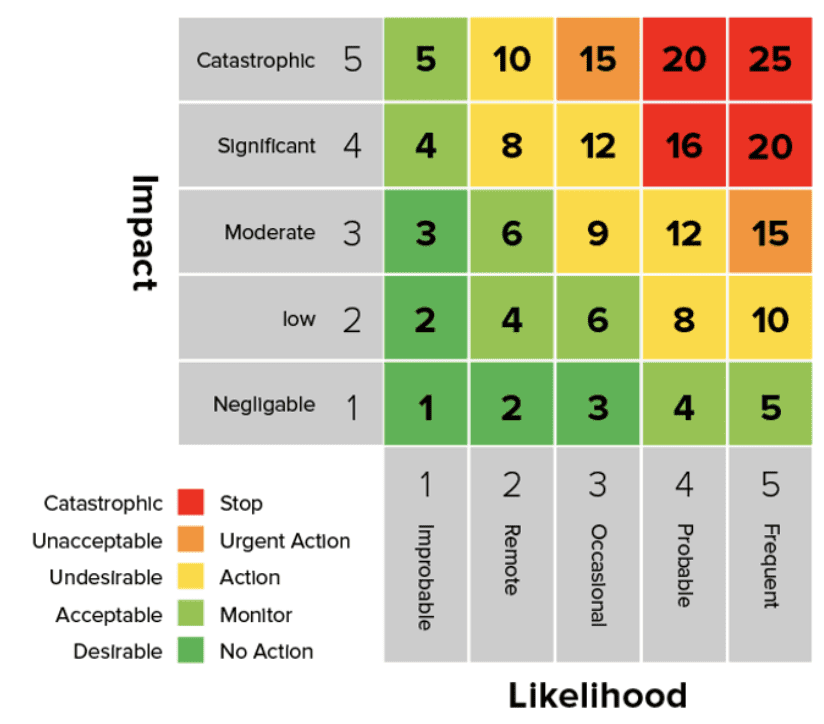


Among patients aged 65-95 years old with non-valvular atrial fibrillation, very few (If you believe you have received this message in error, contact . Risk can be understood as a function of 1) the likelihood of a given threat triggering or exploiting a particular vulnerability, and 2) the resulting impact. The more recently developed CHA 2DS 2-VASc score takes into account other stroke risk factors and may be able to accurately identify which patients are at low enough stroke risk to forgo oral anticoagulation. Unsupported Browser Detected: e (undefined) The latest versions of Google Chrome, Mozilla Firefox, Microsoft Edge, Apple Safari and Opera are supported.More recent studies suggest that CHADS 2 of 0 points is not necessarily “low-risk” (still 3.2% incidence of stroke per year.).According to some studies, patients with a CHADS 2 score of 0 may be at low enough stroke risk (0.8-3.2% annual risk) that they can take aspirin (325mg) rather than warfarin as antithrombotic therapy.It is generally recommended that patients with a score >2 be started on warfarin, as the benefits of ischemic stroke prevention outweigh the bleeding risk.Patients with high CHADS 2 scores (>2) are at significant risk for stroke: 5.9% annual risk with a score of 3 up to 18.2% annual stroke risk for patients with a score of 6.chemical substances, dangerous moving machinery, or, in this instance, COVID-19. Hazard: anything with the potential to cause injury or ill health e.g. Studies have found that as the CHADS 2 score increases, the annual risk of ischemic stroke increases proportionally. Risk-assessment Terminology There are five important terms you need to understand when conducting a risk assessment: 1.The CHADS 2 score can help physicians estimate stroke risk in patients with non-valvular atrial fibrillation and determine which antithrombotic therapy is most appropriate.

It risk stratifies these patients better than the CHADS 2. MDCalc recommends the CHA 2DS 2-VASc score over the original CHADS 2 score to assess stroke risk in patients with atrial fibrillation.


 0 kommentar(er)
0 kommentar(er)
